Olympus M.ZUIKO Digital ED 7-14mm f/2.8 PRO Review

Introduction
The Olympus M.ZUIKO Digital ED 7-14mm f/2.8 PRO is an professional ultra-wide-angle zoom lens for Micro Four Thirds compact system cameras. Providing a focal range of 14-28mm in 35mm terms and a 115° angle of view at the wider end, the fully weatherproof 7-14mm lens features 14 elements in 11 groups, including two aspherical ED (extra-low dispersion) elements, one DSA (Dual Super Aspherical) element, one aspherical element, three Super ED elements, one ED element, and two HR (high-refractive index) elements. A manual focus clutch t lets you instantly switch from AF to MF by pulling the focus ring toward the camera body, and there's also an L-Fn button on the base of the lens that lets you make changes in an instant with your thumb. The Olympus M.ZUIKO Digital ED 7-14mm f/2.8 PRO currently retails for £999.99 in the UK and $1099.99 in the US.
Ease of Use
The Olympus M.ZUIKO Digital ED 7-14mm f/2.8 PRO is a weather-sealed ultra-wide-angle lens with a dedicated Micro Four Thirds mount. Note however that in order to take full advantage of the weatherproofing, you will need to mount it on a similarly sealed body, like the new OM-D E-M5 Mark II that we tested it with.
Tipping the scales at 534 grams and measuring 105mm in length and 78mm in diameter, the Olympus M.ZUIKO Digital 25mm f/1.8 is a substantial zoom lens, but given the constant f/2.8 maximum aperture, that's perhaps no surprise.
 The Olympus M.ZUIKO Digital ED 7-14mm f/2.8 PRO lens attached to an Olympus OM-D E-M5 Mk II body
The Olympus M.ZUIKO Digital ED 7-14mm f/2.8 PRO lens attached to an Olympus OM-D E-M5 Mk II body
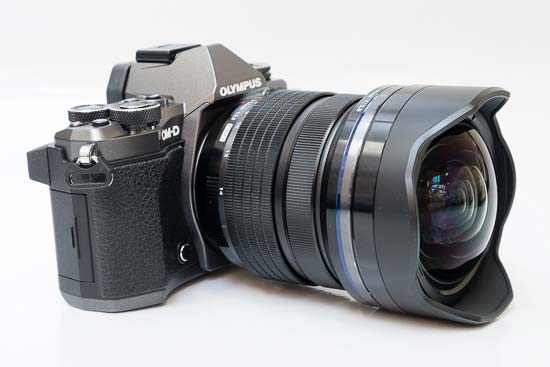 The Olympus M.ZUIKO Digital ED 7-14mm f/2.8 PRO lens attached to an Olympus OM-D E-M5 Mk II body, zoomed to 7mm
The Olympus M.ZUIKO Digital ED 7-14mm f/2.8 PRO lens attached to an Olympus OM-D E-M5 Mk II body, zoomed to 7mm
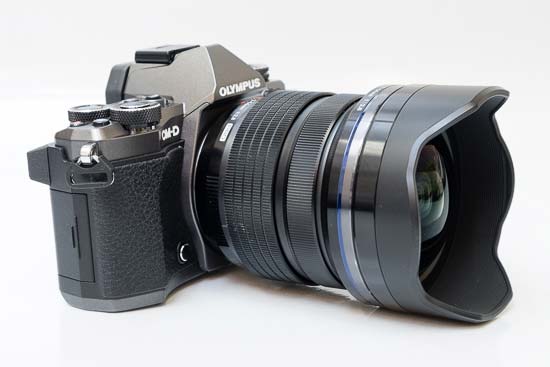 The Olympus M.ZUIKO Digital ED 7-14mm f/2.8 PRO lens attached to an Olympus OM-D E-M5 Mk II body, zoomed to 14mm
The Olympus M.ZUIKO Digital ED 7-14mm f/2.8 PRO lens attached to an Olympus OM-D E-M5 Mk II body, zoomed to 14mm
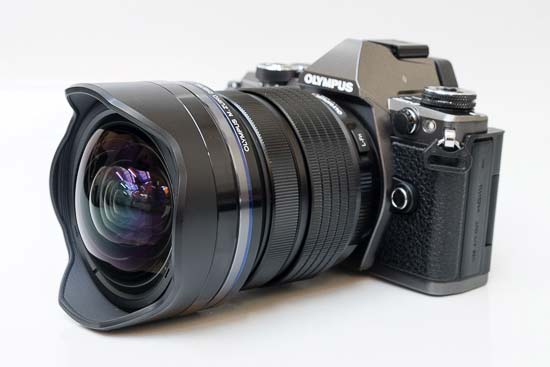 The Olympus M.ZUIKO Digital ED 7-14mm f/2.8 PRO lens attached to an Olympus OM-D E-M5 Mk II body, zoomed to 7mm
The Olympus M.ZUIKO Digital ED 7-14mm f/2.8 PRO lens attached to an Olympus OM-D E-M5 Mk II body, zoomed to 7mm
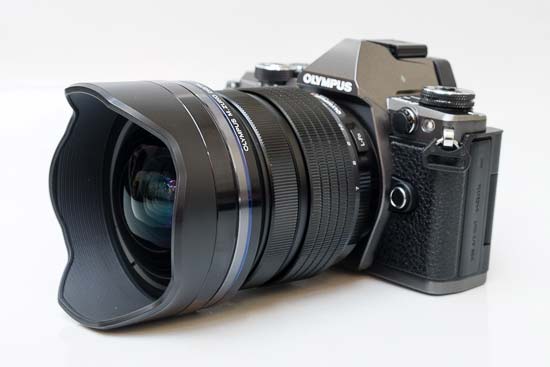 The Olympus M.ZUIKO Digital ED 7-14mm f/2.8 PRO lens attached to an Olympus OM-D E-M5 Mk II body, zoomed to 14mm
The Olympus M.ZUIKO Digital ED 7-14mm f/2.8 PRO lens attached to an Olympus OM-D E-M5 Mk II body, zoomed to 14mm
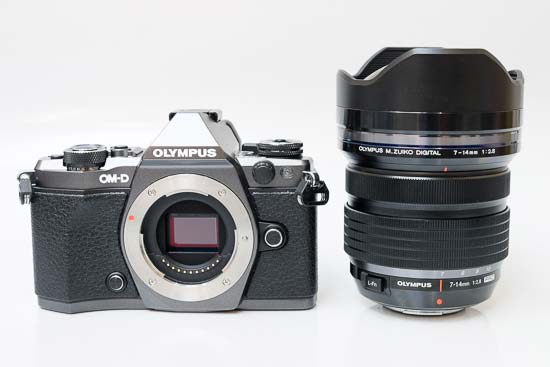 The Olympus M.ZUIKO Digital ED 7-14mm f/2.8 PRO lens alongside an Olympus OM-D E-M5 Mk II body
The Olympus M.ZUIKO Digital ED 7-14mm f/2.8 PRO lens alongside an Olympus OM-D E-M5 Mk II body
The Olympus OM-D E-M5 Mk II used for this test is a good match for the lens, offering good balance, fast auto focus, and full environmental seals. The Olympus M.ZUIKO Digital ED 7-14mm f/2.8 PRO lens itself is very well built, fully living up to the PRO designation that Olympus have given it.
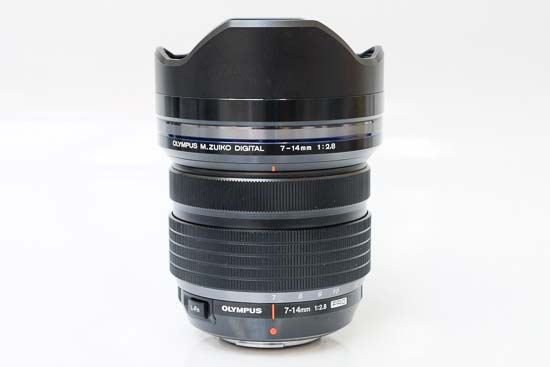 Side of the Olympus M.ZUIKO Digital ED 7-14mm f/2.8 PRO lens
Side of the Olympus M.ZUIKO Digital ED 7-14mm f/2.8 PRO lens
In terms of features, the Olympus M.ZUIKO Digital ED 7-14mm f/2.8 PRO lens has quite a lot to offer. For starters, it has a so-called L-Fn button, which allows users to temporarily suspend continuous auto focus when something suddenly comes between the lens and your intended subject. This is mostly useful when shooting a movie clip with C-AF enabled, but the feature can also be used when photographing action.
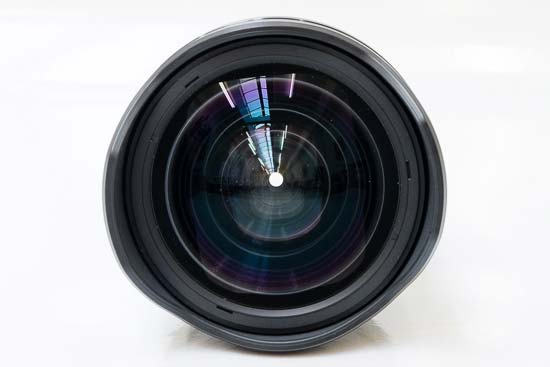 Front of the Olympus M.ZUIKO Digital ED 7-14mm f/2.8 PRO lens
Front of the Olympus M.ZUIKO Digital ED 7-14mm f/2.8 PRO lens
As with all Olympus M-Zuiko lenses, the 7-14mm f/2.8 PRO does not offer image stabilisation. Instead this is provided by the camera body, in this instance the excellent 5-axis system in the OM-D E-M5 Mk II. So while the lack of in-lens image stabilisation is a non-issue for Olympus camera owners, other manufacturers who don't offer in-camera image stabilisation, like Panansonic (except for the DMC-GX7) may want to consider a different lens.
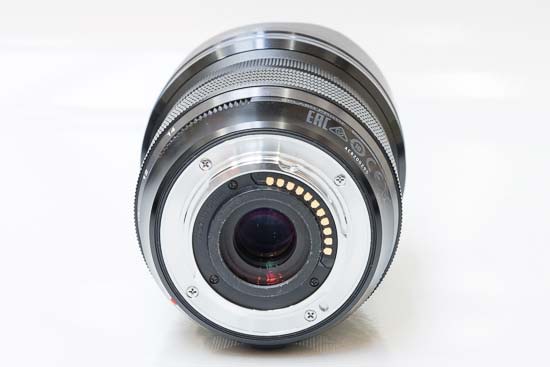 Rear of the Olympus M.ZUIKO Digital ED 7-14mm f/2.8 PRO lens
Rear of the Olympus M.ZUIKO Digital ED 7-14mm f/2.8 PRO lens
 Front of the Olympus M.ZUIKO Digital ED 7-14mm f/2.8 PRO lens
Front of the Olympus M.ZUIKO Digital ED 7-14mm f/2.8 PRO lens
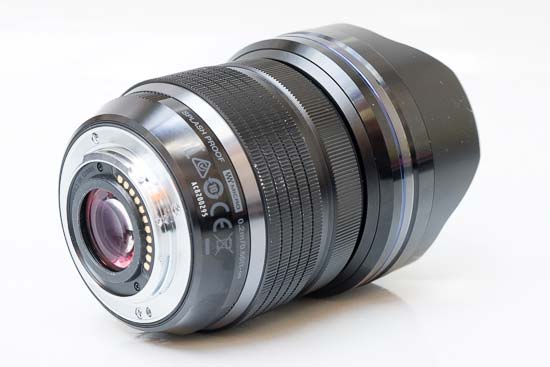 Rear of the Olympus M.ZUIKO Digital ED 7-14mm f/2.8 PRO lens
Rear of the Olympus M.ZUIKO Digital ED 7-14mm f/2.8 PRO lens
The Olympus M.ZUIKO Digital ED 7-14mm f/2.8 PRO lens comes with a standard Micro Four Thirds mount that is, as you'd expect, made of metal, with a rubber seal around the mount. Communication between lens and camera body is provided through eleven electrical contacts.
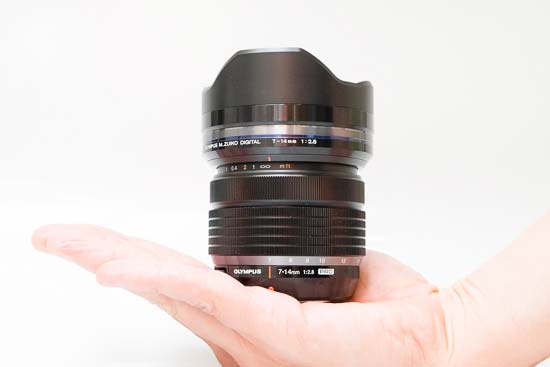 The Olympus M.ZUIKO Digital ED 7-14mm f/2.8 PRO lens in-hand
The Olympus M.ZUIKO Digital ED 7-14mm f/2.8 PRO lens in-hand
The Olympus M.ZUIKO Digital ED 7-14mm f/2.8 PRO is supplied with lens caps and a non-removeable flower-shaped lens hood - there's no bag included. Note that you can't use traditional screw-on filters, or filters behind the rear element, with this lens.
Focal Range
At the 7mm end of the zoom range, the lens has a diagonal angle of view of 114°, equivalent to that of a 14mm lens in a 35mm system.
 Field of view at 7mm
Field of view at 7mm
At the 14mm end, the angle of view is 75°, which is the same as that of a 28mm lens on a 35mm full-frame camera.
 Field of view at 14mm
Field of view at 14mm
Focusing
With the lens attached to an Olympus OM-D E-M5 Mk II camera body, auto-focusing is extremely quick in most situations. The camera-lens combo is capable of locking focus on a subject almost instantly, even when alternating between close and faraway subjects. In extreme low-light situations you may experience a little focus hunting at the long end, but the constant f/2.8 maximum aperture nearly always allows enough light to pass through to the sensor.
Manual focusing is done in a traditional fashion, with the generously sized focus ring mechanically coupled to the moving lens elements, complete with hard stops at either end. The lens also usefully features a distance scale, which is cleverly revealed by pulling back the Manual Focus Collar to instantly engage manual focusing. Like zooming, focusing is fully internal and the filter thread does not rotate on focus.
Flare
A wide-angle lens will always be susceptible to flare, and the Olympus M.ZUIKO Digital ED 7-14mm f/2.8 PRO is no exception. If you include the sun - or any other strong light source - in the frame, you will likely see a number of ghosts as well as a bit of veiling.

Chromatic Aberrations
Chromatic aberrations, typically seen as purple or green fringes along contrasty edges, are not too much of a problem with this lens, as shown in the example below.
 |
Vignetting and Distortion
With the Olympus M.ZUIKO Digital ED 7-14mm f/2.8 PRO wide open at f/2.8, you can see some noticeable light fall-off in the corners. Stopping down helps, although to completely get rid of this phenomenon, you will need to use an f-stop of f/5.6 or smaller. There's also mild barrel distortion apparent at 7mm.
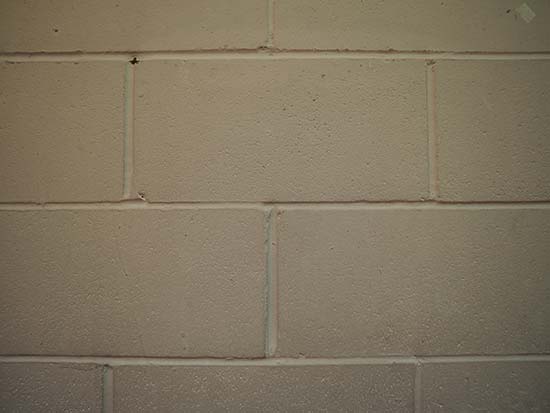 Vignetting at 7mm
Vignetting at 7mm
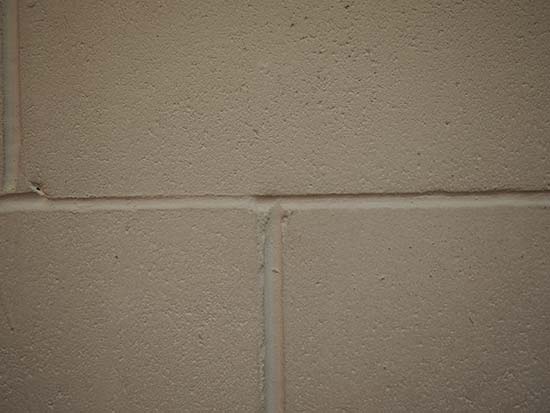 Vignetting at 14mm
Vignetting at 14mm
Macro
This is not a macro lens, although its close-up performance is not too bad for a wide-angle optic, offering a minimum focusing distance of 20cm and a maximum magnification of 0.12x. The following example illustrates how close you can get to the subject, in this case a Compact Flash card.
 Close-up performance
Close-up performance
Bokeh
Bokeh is a word used for the out-of-focus areas of a photograph, and is usually described in qualitative terms, such as smooth / creamy / harsh etc. In the Olympus M.ZUIKO Digital ED 7-14mm f/2.8 PRO, Olympus employed an iris diaphragm with 7 rounded aperture blades for a pleasing bokeh.
 |
 |
 |
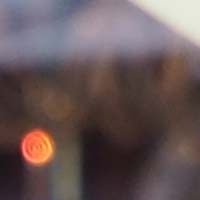 |
sharpness
In order to show you how sharp this lens is, we are providing 100% crops on the following pages.
